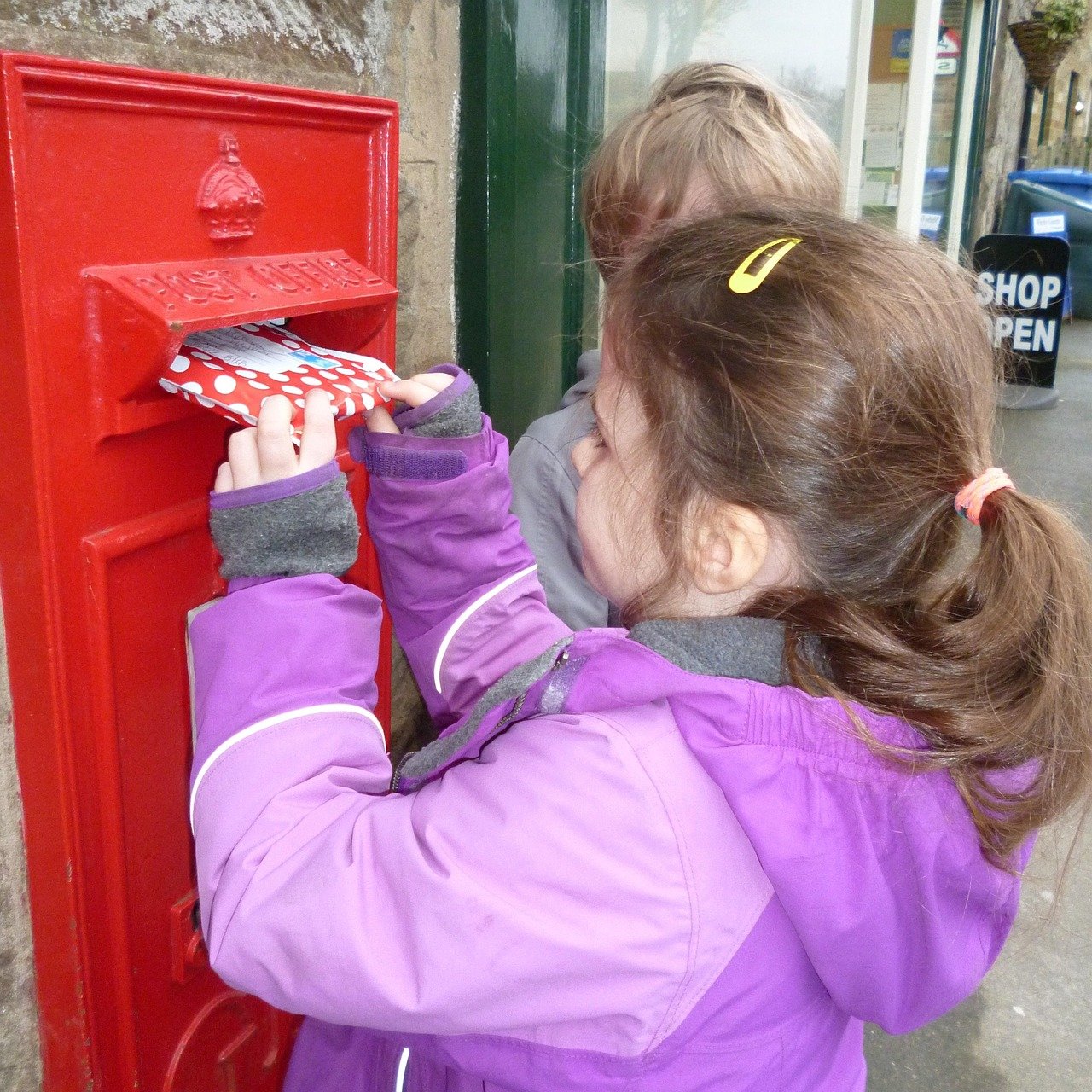Product images are often the first (and sometimes only) interaction potential customers have with your offerings online. In today’s visually driven digital landscape, high-quality, compelling product images are no longer just a nice-to-have – they are essential for attracting customers, boosting conversions, and ultimately driving sales. This comprehensive guide will explore everything you need to know about product images, from planning and shooting to optimizing and showcasing them for maximum impact.
The Power of Visuals: Why Product Images Matter
First Impressions are Everything
In the online world, first impressions are made in milliseconds. A blurry, poorly lit, or generic product image can instantly turn potential buyers away. Conversely, a professional, detailed, and visually appealing image can pique their interest and encourage them to explore further.
- Reduced Return Rates: Accurate and comprehensive images set realistic expectations, leading to fewer returns due to discrepancies between what customers see and what they receive.
- Increased Click-Through Rates: Eye-catching images grab attention in search results and on social media, driving more traffic to your product pages.
- Improved Brand Image: High-quality visuals communicate professionalism, attention to detail, and a commitment to quality, enhancing your brand’s reputation.
- Enhanced Customer Trust: Clear and informative images build trust by showing customers exactly what they’re buying.
- Conversion Rate Optimization: Compelling product images directly translate into higher conversion rates, turning browsers into buyers.
Product Images as Storytellers
Product images can tell a story about your brand and your product. They can convey the product’s benefits, features, and unique selling points in a way that words sometimes can’t. For example, an image showing a backpack being used on a hiking trail tells a story of adventure and durability.
- Lifestyle Shots: Show your product in use in a relevant context. For example, a coffee mug on a cozy desk, rather than just a plain mug on a white background.
- Highlight Key Features: Use close-up shots to emphasize specific details and benefits, such as the stitching on a leather bag or the texture of a fabric.
- Show Scale and Size: Include images that provide a sense of scale. Place the product next to a familiar object or include a person using it.
Planning Your Product Photography Strategy
Defining Your Target Audience and Goals
Before you even pick up a camera, it’s crucial to define your target audience and your specific goals for your product photography. Who are you trying to reach, and what do you want them to do?
- Audience Analysis: Understand your target audience’s preferences, needs, and pain points. What kind of imagery will resonate with them?
- Goal Setting: Are you aiming to increase sales, improve brand awareness, or reduce return rates? Your goals will influence your photography style and strategy.
- Competitor Research: Analyze your competitors’ product images. What are they doing well? Where can you differentiate yourself?
Choosing the Right Equipment and Setup
You don’t necessarily need expensive professional equipment to take great product photos, but having the right tools and setup can make a significant difference.
- Camera: A smartphone camera can work well for smaller businesses just starting out. As you grow, consider investing in a DSLR or mirrorless camera for more control and higher quality.
- Lighting: Good lighting is essential. Natural light is often best, but you may need to supplement it with artificial lighting, especially for indoor shoots. Consider using softboxes or reflectors to diffuse and control the light. A simple lightbox can also be a cost-effective way to achieve consistent lighting.
- Background: A clean, uncluttered background is crucial for drawing attention to your product. White or neutral backgrounds are generally recommended.
- Tripod: A tripod is essential for ensuring sharp, blur-free images, especially in low-light conditions.
- Editing Software: Photo editing software like Adobe Photoshop, Lightroom, or free alternatives like GIMP can help you refine your images and correct any imperfections.
Shooting Stunning Product Images
Mastering Composition and Lighting Techniques
The composition and lighting of your product images can make or break their impact. Pay attention to these key elements to create visually appealing and effective photos.
- Rule of Thirds: Divide your image into nine equal parts with two horizontal and two vertical lines. Place key elements of your product at the intersections or along the lines to create a more balanced and visually interesting composition.
- Leading Lines: Use lines to guide the viewer’s eye to your product. This can be done with the product itself or with surrounding elements.
- Depth of Field: Use a shallow depth of field (blurry background) to isolate your product and draw attention to it.
- Angles: Experiment with different angles to showcase your product’s features and benefits. A top-down shot can be great for showing the layout of a product, while a low-angle shot can make it look more imposing.
- Color Temperature: Pay attention to the color temperature of your light source. Warm light (yellowish) can create a cozy and inviting atmosphere, while cool light (bluish) can create a more modern and professional look.
Different Types of Product Photography
Depending on your product and your marketing goals, you may want to use different types of product photography.
- Studio Shots: Clean, well-lit images of your product on a white or neutral background. These are ideal for showcasing product details and are commonly used on e-commerce websites.
- Lifestyle Shots: Images of your product in use in a relevant context. These are great for conveying the product’s benefits and creating an emotional connection with your target audience.
- 360° Product Views: Interactive images that allow customers to rotate the product and view it from all angles. These are particularly useful for showcasing complex products.
- Infographics: Use images combined with text to explain product features, benefits, and specifications. This is particularly effective for complex or technical products.
Optimizing and Showcasing Your Product Images
Image Optimization for SEO and Speed
Optimizing your product images is crucial for improving your website’s SEO and page loading speed.
- File Size: Compress your images to reduce their file size without sacrificing too much quality. Tools like TinyPNG or ImageOptim can help with this. Aim for file sizes under 100KB.
- File Format: Use JPEG for most product images, as it offers a good balance of quality and file size. Use PNG for images with transparency or graphics.
- Alt Text: Add descriptive alt text to each image. This helps search engines understand what the image is about and improves your website’s accessibility. Use relevant keywords in your alt text, but avoid keyword stuffing.
- File Names: Use descriptive file names that include relevant keywords. For example, instead of “IMG_1234.jpg,” use “red-leather-wallet.jpg.”
Displaying Product Images on Your Website
The way you display your product images on your website can significantly impact your conversion rates.
- Multiple Angles: Show your product from multiple angles to give customers a comprehensive view.
- Zoom Functionality: Allow customers to zoom in on your product images to see details more clearly.
- High-Resolution Images: Use high-resolution images that look sharp and clear on all devices.
- Image Galleries: Create image galleries that allow customers to easily browse through different product images.
- Mobile Optimization: Ensure that your product images are optimized for mobile devices. They should load quickly and display correctly on smaller screens.
Measuring and Improving Your Product Image Performance
Tracking Key Metrics
To ensure your product images are effective, track key metrics such as click-through rates, conversion rates, bounce rates, and return rates.
- A/B Testing: Experiment with different product image styles and layouts to see what performs best.
- Heatmaps: Use heatmaps to see where users are clicking on your product pages. This can help you identify areas where your images could be more effective.
- Customer Feedback: Ask your customers for feedback on your product images. What do they like? What could be improved?
Continuous Improvement
Product photography is not a one-time task; it’s an ongoing process. Continuously analyze your data, experiment with new techniques, and adapt your strategy to stay ahead of the curve.
- Stay Updated: Keep up with the latest trends in product photography and e-commerce.
- Experimentation: Don’t be afraid to try new things. The best way to find what works for your business is to experiment.
- Iteration: Continuously refine your product images based on data and feedback.
Conclusion
Product images are a crucial component of any successful online business. By understanding the power of visuals, planning your photography strategy, mastering shooting techniques, optimizing your images, and continuously improving your approach, you can create compelling product images that attract customers, build trust, and drive sales. Investing in high-quality product photography is an investment in your brand’s success.



